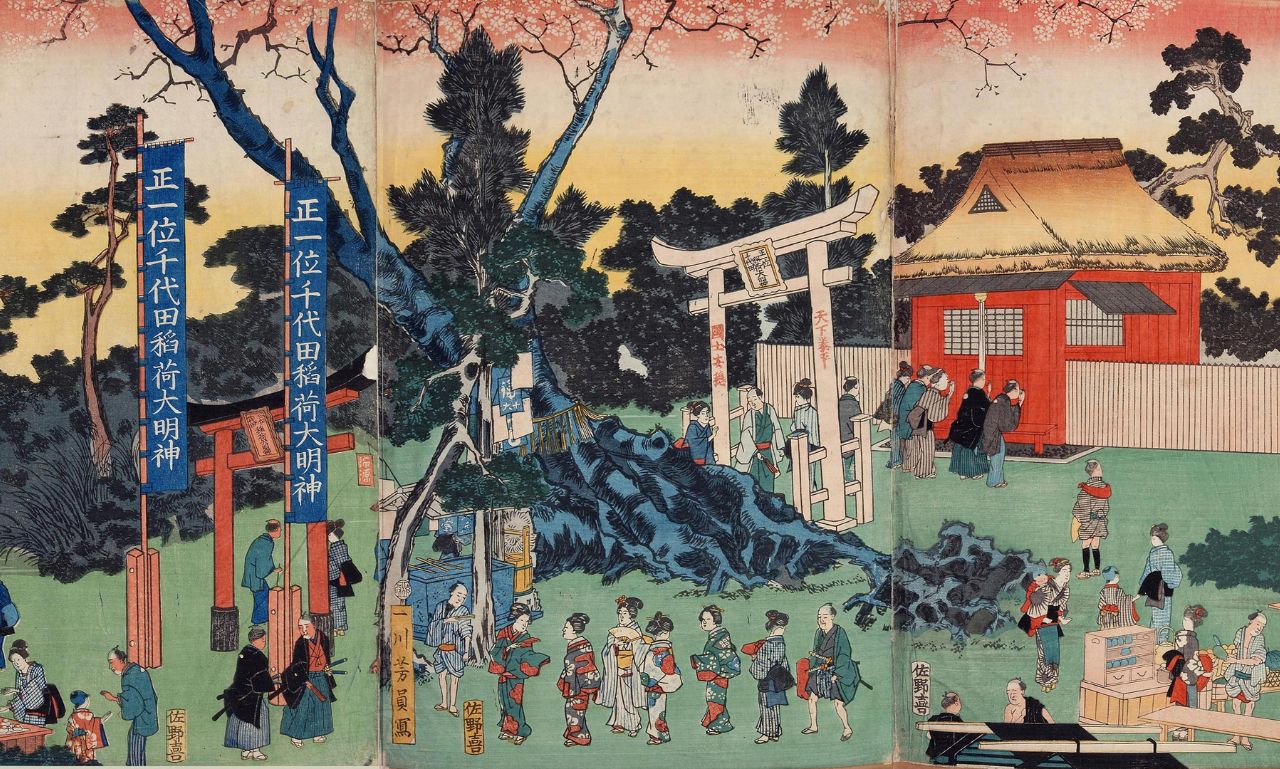The term Jyokyo carries a layered meaning, blending historical depth, cultural context, and philosophical significance. Depending on how it is applied, Jyokyo can represent a specific historical era, a literary theme, a state of being, or even a cultural framework used in discussions of society and personal growth. Its flexibility makes it both a timeless and modern concept. To understand Jyokyo, one must explore its origins, uses in history and art, and relevance in today’s world.
The Historical Roots of Jyokyo
The word Jyokyo has roots in East Asian cultural and linguistic traditions. In Japanese history, it often referred to an imperial era name, a system used to define periods of rule and events. For example, Jyokyo was the name of an era (1684–1688) during the Edo period in Japan, marked by significant literary and artistic developments.
During the Edo period, the Jyokyo era became a cultural turning point, with growing interest in publishing, poetry, and performance arts. Kabuki theater flourished, and woodblock printing spread ideas and entertainment to common people. The word Jyo kyo thus became tied not only to a span of years but also to a vibrant cultural renaissance.
Jyokyo in Philosophy and Society
Beyond its role as an era name, Jyokyo is also interpreted as a state of “circumstances” or “conditions of existence.” In Japanese and Chinese philosophical discourse, the word often appears in contexts discussing the flow of life, human struggles, and the shaping power of environment and destiny.
Philosophers and poets have long used Jyo kyo to describe the interplay between external situations and inner spirit. A person’s Jyo kyo is not simply the world around them—it is their lived experience within that world. This perspective emphasizes adaptability, resilience, and awareness of one’s circumstances.
Jyokyo in Literature and Art
Literary works of the Edo period frequently used Jyokyo as a theme. Writers depicted urban life, personal challenges, and fleeting joys of existence under the framework of changing Jyokyo. In ukiyo-e prints (woodblock art), scenes of entertainment districts, festivals, and daily struggles reflected the notion that life is defined by shifting circumstances.
In Kabuki plays, characters often faced dramatic Jyo kyo—trials of love, loyalty, and morality. These stories illustrated how individuals responded to their conditions, turning Jyo kyo into a moral lesson about courage, sacrifice, or resilience.
Jyokyo as a Reflection of Modern Life
In contemporary times, Jyo kyo is often invoked in discussions of personal growth and psychology. It reminds people that circumstances are ever-changing, and that adaptability is essential in a fast-paced world. Just as people of the Edo period lived with fluctuating fortunes and challenges, modern societies face constant shifts in technology, economics, and culture.
The idea of Jyo kyo offers a grounding perspective: instead of resisting change, one should embrace it, learn from it, and evolve through it. This concept resonates strongly in areas like self-help, leadership, and mindfulness.
Jyokyo in Cultural Studies
Scholars of Japanese culture often examine Jyokyo as a lens for understanding social history. It allows researchers to study how conditions—economic, political, or environmental—shaped people’s lives and cultural expression. For example, the Jyokyo era coincided with urban growth in Edo (Tokyo), where merchant culture gained influence, and art forms like haiku and kabuki catered to common citizens.
The term thus connects macro history with micro experience: while historians track wars and rulers, Jyo kyo reflects the everyday struggles and joys of common people.
The Symbolic Meaning of
Jyokyo
Symbolically, Jyo kyo embodies impermanence. It acknowledges that conditions never remain static. In Buddhism and Shinto-inspired philosophy, this impermanence is not a source of despair but a reminder of life’s fluid beauty. Each Jyo kyo—pleasant or painful—becomes a stepping stone in the journey of existence.
For artists, this symbolism inspires themes of transience, longing, and appreciation for fleeting moments. For modern thinkers, it provides a framework for resilience and growth.
Applications in Daily Life
-
Personal Development: Recognizing one’s Jyo kyo helps individuals understand their limitations and opportunities, fostering better decision-making.
-
Leadership: Leaders who adapt strategies to changing Jyokyo often succeed more than those who cling to rigid plans.
-
Education: Teachers can use the concept of Jyo kyo to encourage students to see challenges as situational, not permanent.
-
Cultural Awareness: Exploring Jyo kyo deepens appreciation of Japanese art, literature, and philosophy.
Jyokyo in Global Context
While rooted in Japanese tradition, the concept of Jyo kyo echoes global philosophies. In Greek thought, the idea of “kairos” (the right moment) resembles Jyo kyo’s emphasis on situational awareness. In Stoicism, external conditions are seen as beyond control but within the scope of response—mirroring Jyokyo’s balance between circumstance and personal agency.
This cross-cultural resonance shows why Jyokyo remains a valuable concept in the 21st century, transcending its historical boundaries.
Conclusion
Jyokyo is more than a historical era or philosophical idea—it is a living concept that bridges past and present. From the artistic bloom of the Edo period to modern discussions of adaptability and resilience, Jyokyo reflects the truth that life is defined by shifting circumstances.
Whether studied as a cultural marker, a philosophical principle, or a guide to modern living, Jyokyo offers wisdom on how to face change with awareness and grace. Its enduring relevance lies in its universality: in every society, every era, and every individual’s life, there is always a Jyokyo to navigate.

